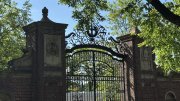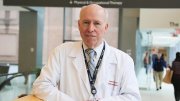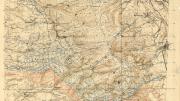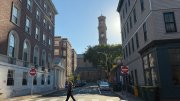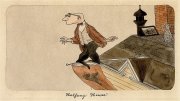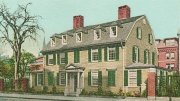We are pleased to recognize four outstanding contributors to Harvard Magazine for their work on readers’ behalf during 2021, and to confer a $1,000 honorarium on each. (Staff members are not eligible for consideration for these prizes.)
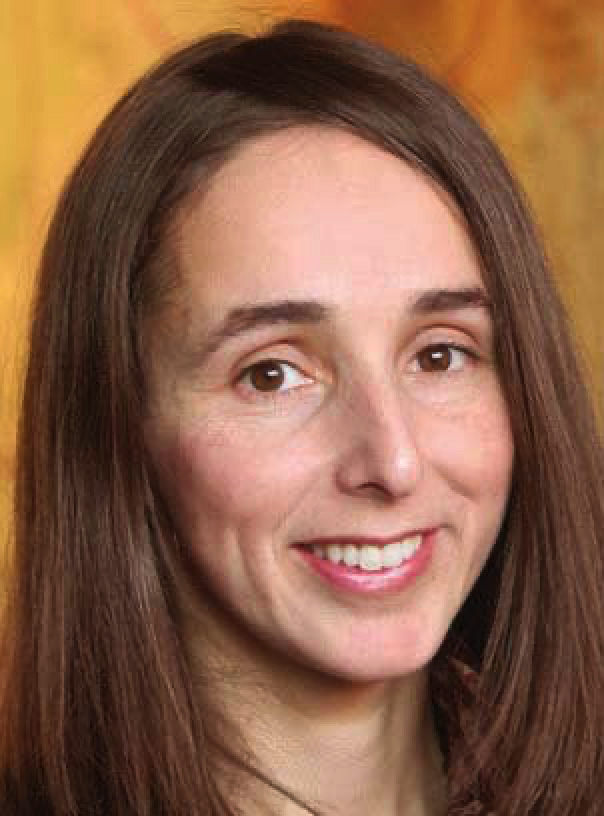
Hanna Rose Shell
Photograph courtesy of Hanna Rose Shell
The awards for distinguished writing recognize two people with Harvard affiliations. The McCord Writing Prize (honoring David T.W. McCord ’21, A.M. ’22, L.H.D. ’56, and his enduring prose and verse, composed for these pages and the Harvard College Fund) goes to Hanna Rose Shell ’99, Ph.D. ’07, JF ’10, an associate professor at the University of Colorado. She proposed and wrote “The Poco of Pocos,” the September-October Vita, on a Harvard “character”—a brief glimpse of history that is in equal measures engaging and unsettling (as the best history always is), and beautifully crafted, within the constraints of that feature.
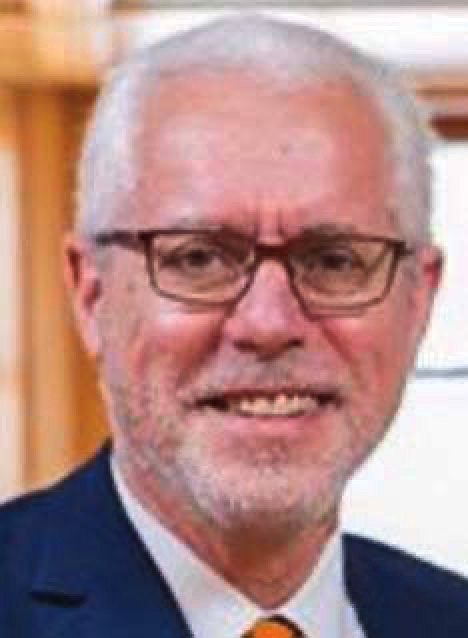
Brian Rosenberg
Photograph courtesy of Brian Rosenberg
We asked Brian Rosenberg, president emeritus of Macalester College, now president-in-residence and visiting professor at the Harvard Graduate School of Education, and a thoughtful essayist for The Chronicle of Higher Education, to apply his critical eye to the University as it emerges from the pandemic. The resulting Forum analysis, “Is Harvard Complacent?” (September-October, timed for the resumption of campus operations), fully earned the Smith-Weld Prize (in memory of A. Calvert Smith ’14, former secretary to the governing boards and executive assistant to President James Bryant Conant, and of Philip S. Weld ’36, a former president of the magazine), which recognizes thought-provoking articles about the University.
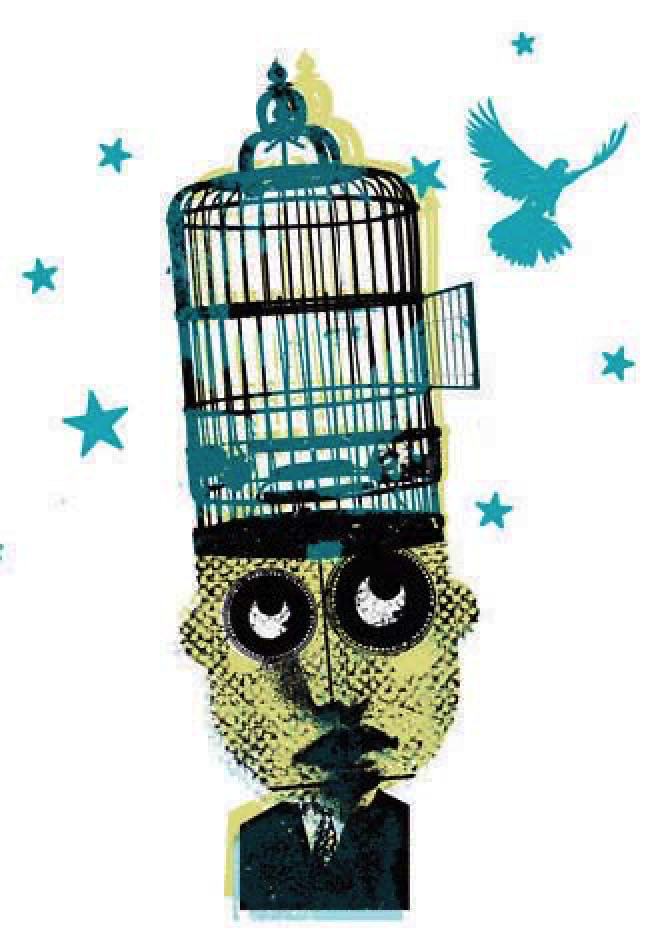
Gary Neill
Illustration by Gary Neill
Gary Neill created a vivid illustration for the September-October issue, accompanying managing editor Jonathan Shaw’s overview of the pandemic with an image that melded the planet, the coronavirus and its mine-like spikes, a wrecking ball, and a gloved hand administering a dose of lifesaving vaccine. That captured the global stakes, the viral menace, the damage done, and the promise of medical science in response: a bravura combination of artistic imagination and execution—and a perfect cover.
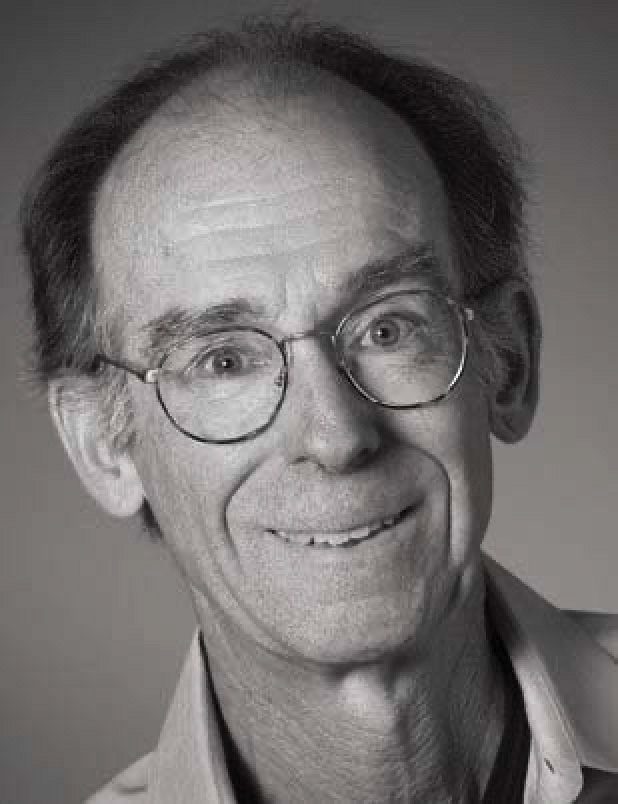
Steve Dunwell
Photograph courtesy of Steve Dunwell
When we invited Steve Dunwell, an expert architectural and aerial photographer, to bring readers inside the new science and engineering complex in Allston—more than a decade in the making, its full opening delayed by the pandemic—he literally took the assignment to new heights. His interior images of the complex facility, published in the January-February magazine, suggest how faculty and students will work together in new ways, and his stunning aerial view of the site—with the Stadium in the background—provided indelible context for this new Harvard campus frontier.
It was a pleasure to present this distinguished work; we are delighted to thank these superb professionals.
—The Editors
